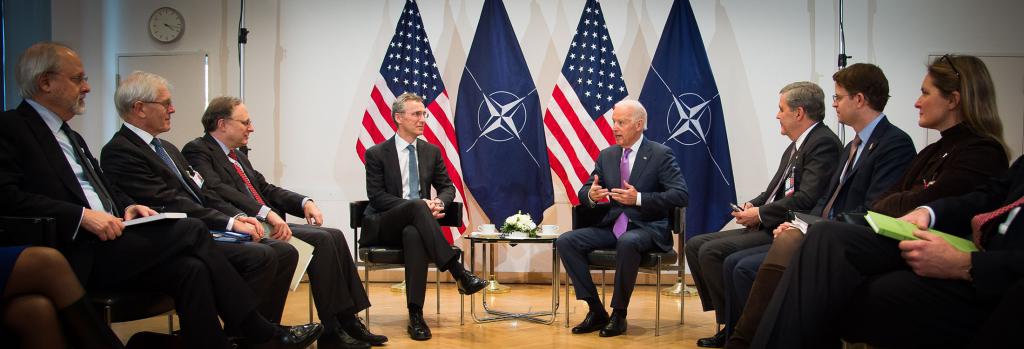"America is back", Joe Biden vowed, repeatedly, at the start of his presidential term in 2021. Back with all the multilateral institutions that Donald Trump had ignored, withdrawn from, insulted, or all of the above. America was back with the Paris Agreements to combat climate change. Back with the World Health Organization. The United States was no longer branding NATO as obsolete or turning a blind eye to violations of human rights. The United States was back, in short, in its customary role as the leader of the West, as the country that leads the transatlantic partnership as it had for some seven decades prior to Donald Trump’s surprise victory in the November 2016 US presidential elections.
A year later, when Russia invaded Ukraine, all eyes were on the 46th president, whose administration had been warning about Russia’s intentions. Biden and the rest of the administration could not have been clearer. This was an egregious breach of international law, a moral outrage and something that the United States, alongside its NATO partners, would do everything in their power to oppose. In the days and weeks after 24 February 2022, a near total transatlantic unanimity emerged. Ukraine would be supported with military and economic aid. Russia would be ostracised economically and diplomatically. As US president, Biden assumed a leadership role of a coalition of countries that a few short years earlier had been deeply critical of the Trump administration’s approach to international affairs. As Biden emphasised on 24 February: "The United States is not doing this alone. For months, we’ve been building a coalition of partners representing well more than half of the global economy". The key members of this coalition were the traditional European allies and partners of the United States. "The West" had come back together. It all amounted to "the return of containment", as Ivo Daalder put it in Foreign Affairs.
The notion that Russia’s invasion of Ukraine unified the divided West may seem obvious. Yet, it is also somewhat misleading. The transatlantic relationship had not been on the brink of utter collapse prior to 24 February 2022. The United States had never truly "left" following the election of one president, only to return when he was replaced. As outrageous as some of Trump’s rhetoric was, as detrimental as the rise of populism on both sides of the Atlantic appeared to have been for the transatlantic relationship, the wreckage was limited. NATO did not show signs of coming apart at the seams in 2017–21; in fact, it witnessed another enlargement when North Macedonia joined in 2020. The transatlantic economic relationship was challenged more by the onset of COVID-19 than by the collapse of such ambitious efforts as the Transatlantic Trade and Investment Partnership (TTIP). Populist politicians from Trump to Victor Orban in Hungary did not upend the transatlantic political space, but rather exemplified its interconnectedness.
Continue reading the article.
Photo credit: NATO on flickr



